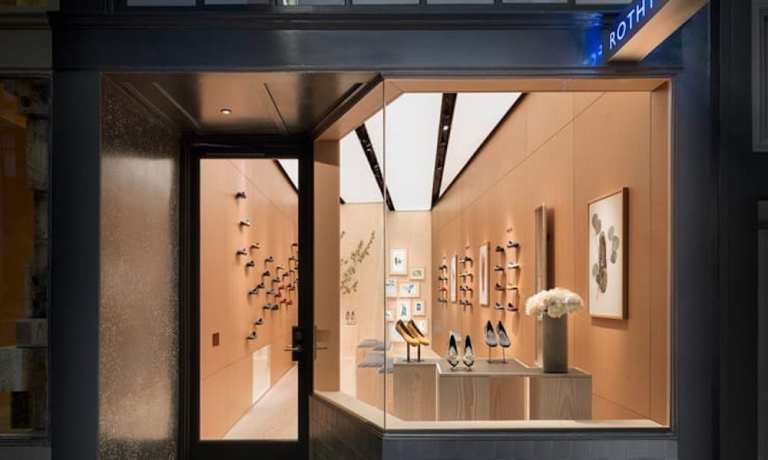
Women’s footwear is big business, worth $32 billion annually in the U.S. alone, according to market research group NPD — though capturing those sales is tricky business because women’s shoes are a highly trend-influenced item. A decade ago high heels were the last word in high fashion shoes for women; these days high heels are falling out of style. According to NPD, sales of high heeled shoes have fallen 12 percent since 2017, while sneaker sales have spiked up 37 percent.
And, given the ages of shoppers in question, it is possible the quest for comfort-oriented shoes will carry on for quite some time. The consumer group most conspicuously interested in trading in their stilettos for sneakers are U.S. shoppers ages 18 to 34, according to Mintel, with 37 percent reporting that comfort is the driving issue when choosing a shoe.
The rejection of the high heel as standard issue in favor of something that will not leave its wearer limping by the end of the evening has opened the door to a host of direct to consumer (DTC) shoe shops offering stylish comfort. That includes Rothy’s, a women’s shoe brand that combined recycled materials with 3D to quietly create one of the more popular cult shoe brands on the market since it launched in 2012. The brand did $140 million in revenue in 2018, is currently valued at north of $700 million and has been spotted on famous feet such as Ivanka Trump and Megan Markle.
Despite its famous following, however, Rothy’s knitted flats and sneakers retail for an accessible (if not cheap) $125 to $165, depending on the model and color pattern. In 2018, Rothy’s sold over 1 million pairs of shoes. It will likely sell closer to 2 million this year. And though the company has changed in many ways as it has rapidly grown up over the last few years, its production process using a 3D printing, or technically knitting, is essentially the same, albeit now spread out over a six-floor workshop in China.
As with 3D printing, the shoe is designed on a computer. From there the process is handed over to 3D knitting machines with thousands of needles that race back and forth and knit the yarn into the shoe’s upper part before attaching it to a recycled rubber sole. The yarn is created from recycled plastic water bottles that are sterilized and melted into pellets that are fed into the 3D knitting machine.
Rothy’s started as a DTC digital-only brand that found most of its early following in a way that has become familiar — a big push on Instagram and Facebook that was relatively low cost, followed by a massive push from word of mouth retail buzz about the sustainable and moderately priced brand.
Rothy’s has also been among DTC brands with small — but incredibly dedicated and loyal — customer bases that have pushed avidly into the world of brick-and-mortar retail. Rothy’s started its physical expansion in 2018 in San Francisco, and intends to continue its physical growth this year. Rothy’s will open stores in a a few cities this year — Washington, D.C., New York and Los Angeles are all on the docket for this fall. It has also soft-launched sales in Shanghai earlier this year via a WeChat messaging app shop. China, according to the firm, was a natural spot for its first international expansion because its manufacturing business is already there.
And Rothy’s continues to expand its product line, with a knitted Chelsea-style ankle boot to expected to come to the collection later this fall and a sandal on deck for 2020. But even after a few years after going viral in 2017, the two original ballet flats and loafer products remain the most popular.
It wasn’t, as it might seem to some, an overnight success for Rothy’s. The brand had a few false starts and runs of shoes that turned out better in theory than in the actual wearing. Shoe sizing often comes down to the millimeter, and calibrating the process took time.
But as the firm approaches unicorn status, it seems increasing clear that it was time well spent.
“There were versions after versions after versions,” Erin Lowenberg, Rothy’s creative director since 2015, told Vox. “We worked for years before we even launched our first shoe and had come miles and miles from the idea of what knit and socks and that kind of business could ever feel like.”